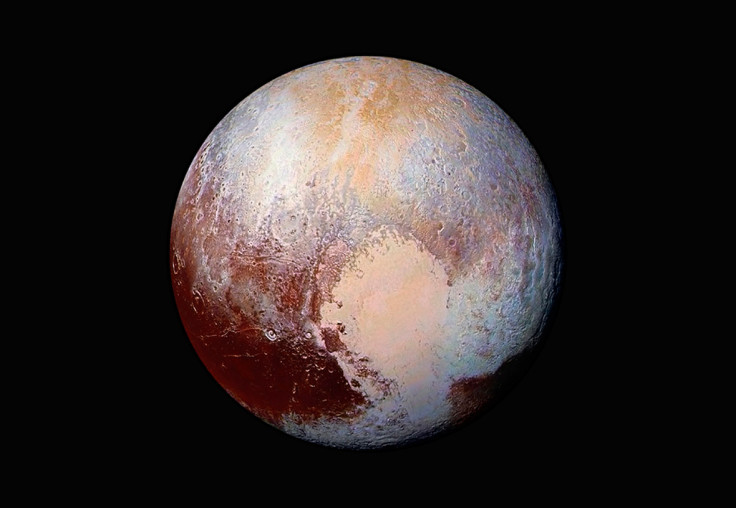This astrophysicist has just proposed a new definition for planets
Scientist sets upper limit on mass to distinguish between planets and brown dwarfs.

In 2006, Pluto was relegated to the status of "dwarf planet" by the International Astronomical Union in an attempt to end a scientific debate that had been raging for decades - and one that is still continuing today.
But there is also a less publicised, similarly longstanding argument among space scientists over the planetary status of massive objects outside our solar system.
Kevin Schlaufman, an astrophysicist at Johns Hopkins University, has outlined a new definition for planets in a paper published in the Astrophysical Journal. He argues that the upper boundary for a planet's mass should be 10 times the mass of Jupiter.
"While we think we know how planets form in a big-picture sense, there's still a lot of detail we need to fill in," Schlaufman said.
"An upper boundary on the masses of planets is one of the most prominent details that was missing."
This new definition is not just about semantics, it will help astronomers distinguish between the largest planets and the smallest brown dwarfs – celestial objects which are more massive than the biggest planets but less massive than the smallest stars.
Schlaufman points to theories of planet formation, namely the fact that giant planets are nearly always found orbiting stars that are rich in elements that make rocks. This is because these planets first start life as a rocky core, which over millions of years becomes enshrouded in gas.
However, this is not the case with brown dwarfs - which form from collapsing clouds of gas, much like stars. So, Schlaufman's idea was to find the mass at which point celestial objects stop "caring" about the composition of the star they orbit.
After observing 140 stellar systems he found that objects 10 times more massive than Jupiter do not prefer stars rich in elements that make rocks, and so are unlikely to form like planets.
He argues that these objects should be classified as brown dwarfs.





















